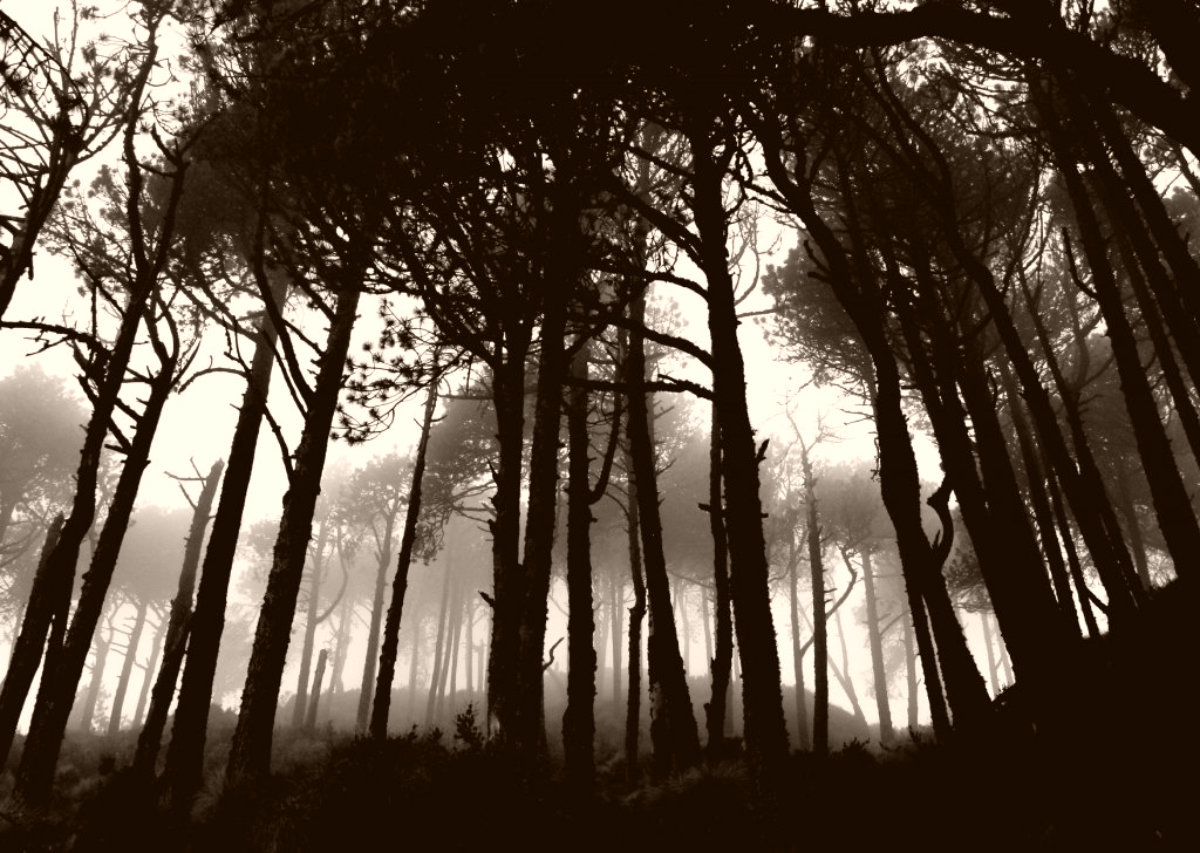Filed under: Anarchist Movement, Featured, IGDcast, Interviews, Music, Radio/Podcast

Podcast: Play in new window | Download
Subscribe: RSS
For as long as everyday people have been picking up instruments and singing songs, they have been poking fun and attacking those with privilege and in power. Music, which has always had the ability of bringing people together, has also always been a source for potential insurgency in the eyes of the State.
Sometimes, this is for good reason. In the mid-1950s, Bill Haley and the Comets’ hit single, Rock Around the Clock, one of the first rock and roll songs to be put to vinyl, exploded in:
…international success in 1955 caused rioting in schools and cinemas, and even became the first teen anthem – the film Blackboard Jungle used it as a theme tune and was promptly banned by the American government.
In 1958, Link Wray and the Ray Men’s instrumental Rumble was banned on some radio stations, for fear that it would lead to fights and juvenile delinquency.
Rock and Roll, which mixed white country music with black R&B music, also presented a challenge to the racial, Jim Crow order of the time, as the white power structure rushed to keep young blacks and whites from mixing and tried to find new ways of upholding racial division. As Rolling Stone noted:
Rock & roll arrived just as segregationists were tightening Jim Crow laws in response to the civil rights movement. Entertainers throughout the South were forced to participate in a crowd-separation ritual. Venues could be unofficially classified black or white – New Orleans’ famous Dew Drop Inn catered to an exclusively African-American crowd, for example. But in other cases, police and promoters physically separated the audiences. Sometimes, as in the Flamingos’ show, blacks were in the balcony and whites on the floor; other times, a painted line ran down the center of the theater or a rope bifurcated the audience.
Those that broke the rules, faced the billy club of the State, as both musicians and audience members were routinely threatened with arrest, police beatings, and outright murder by white vigilantes, terrified of the potential racial mixing that rock and roll encouraged.
Audiences and bands also pushed back, defying police to hold multi-racial dances and various artists refused to play segregated venues and concerts, from Ray Charles to The Beatles. By the mid-1970s, punk rock, which John Lydon of the Sex Pistols described as an imposition of working-class voices on the establishment, was also making waves in the mainstream, as both the BBC and various radio outlets refused to play the bands second single, God Save the Queen. Back in the US, throughout the 1980s, hardcore punk shows routinely led to full on riots against the police, as law enforcement often attempted to break up underground music concerts.
Other examples abound regarding the antagonistic relationship between the State and popular music, from the attempted censorship of rock and rap by the Parental Music Resource Center, the growth of so-called “hip hop police” that monitored lyrics, the interplay between artists before and after the LA Uprising in 1992, the gang classification of Juggalos, and the ongoing street clashes between rave squatters and the forces of authority throughout the world, all point to this reality.
Another sub-genre of rock and roll that has always had an antagonistic relationship with the mainstream: metal, has also left an immense mark on the culture at large. In its various sub-genres, bands often went to political, musical, and topical extremes; most infamous is Black Metal, where in some countries, the genre took on an openly Satanic and anti-Christian worldview, and for a period of time in the early 1990s, was closely associated with a string of murders and church burnings across Norway.
But extreme metal has also been known for at times attracting those with far-Right and even neo-Nazi ideals and sympathies. This is most noticeable in the rise of NSBM, or National Socialist Black Metal, which embraces neo-Nazi ideas, as well as a worshiping often a return to “white” per-Christiandom.
But with the rise of reactionary elements within the extreme metal scene, there have also been those that have pushed back, and attempted to reclaim rock’n’roll as the rebellious, race traitorous, and anti-authoritarian rebellion it always has been, as well as build a wider anti-racist and antifascist culture within it.
Towards this end, the Black Flags Over Brooklyn festival held last month in January was organized and brought together a wide-variety of anarchist and anti-fascist acts across the extreme metal, punk and hardcore spectrum, while also fighting to not only create, hold onto, and maintain an anti-racist, anti-colonial, anti-patriarchal, and anti-fascist space for both musicians, show organizers, and fans.
Wanting to know more, we read up on black metal, watched too many YouTube documentaries, and sent one of our correspondents into the field to see what all the noise was about. Overall, we wanted to see if the organizers of the festival were successful in carving out an antifascist and anti-racist space within the metal scene and if such gathering could be potentially replicated across the country and the world.
What follows are interviews with concert attendees, antifascist organizers who attended the festival and spoke on the history of fascist activity in music scenes in New York, one of the festival organizers Kim Kelly, as well as an interview with anarchist black metal band, Dawn Ray’d. Hold onto your corpse paint.
Be sure to tune in next week, as we will present another special interview with another band from Black Flags Over Brooklyn, Racetraitor.
I'm sure my shitty iPod didn't pick it up, but the Dawn Ray'd vocalist has incredible pipes live pic.twitter.com/GKuLTTrHAj
— ? t. jordache faust ? (@crulge) January 26, 2019




